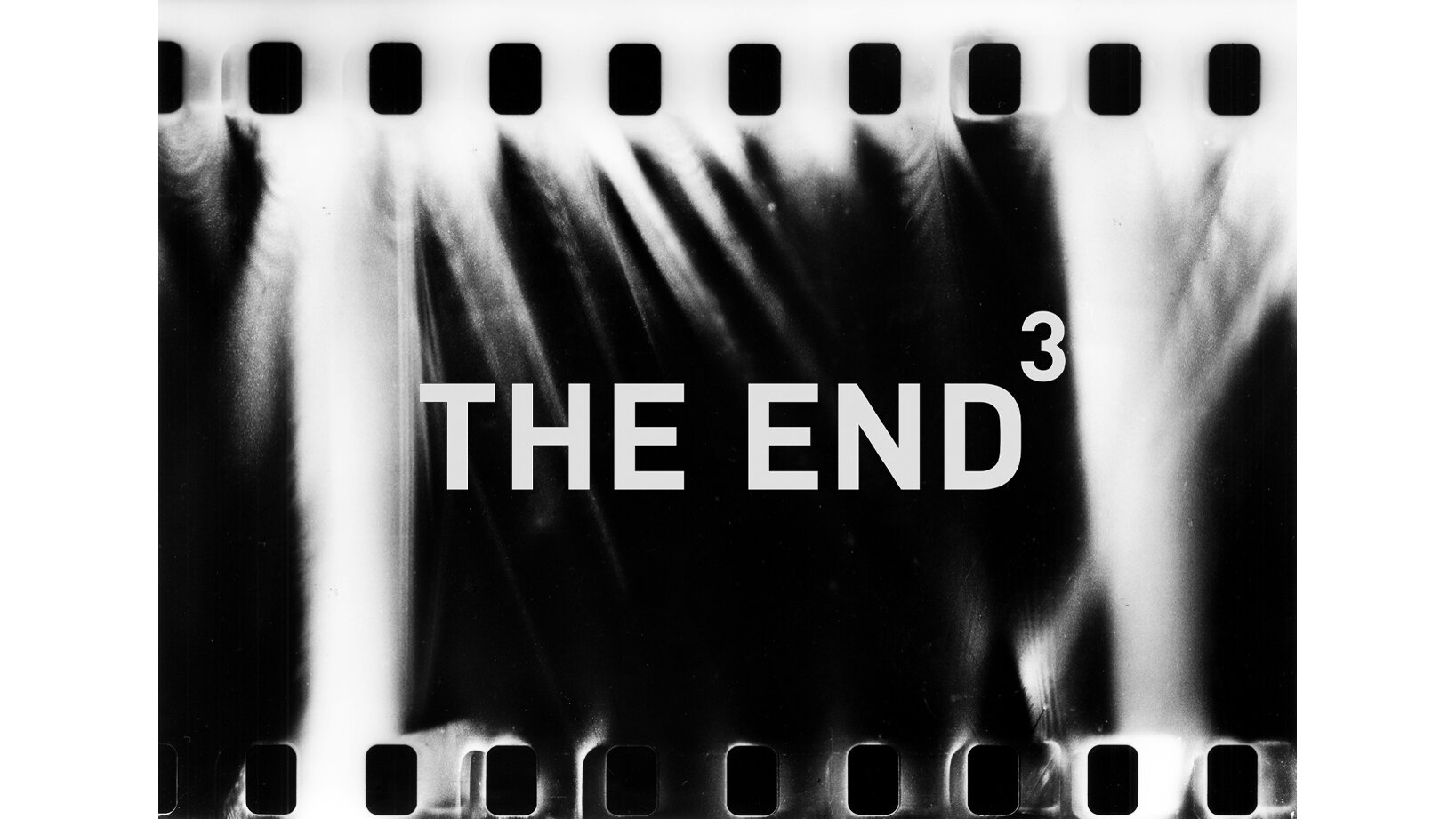
Alfredo Jaar
"THE END³"
Opening hours: 12:00 - 18:00
Closed on Sun., Mon., Tues., Wed. and National Holidays
Summer holidays: 10-20 August, 2023
Cooperation: Daido Moriyama, KENJI TAKI GALLERY, AKIO NAGASAWA GALLERY
Artist, architect, and filmmaker, Alfredo Jaar (b. 1956, Santiago, Chile) develops an interdisciplinary practice that expresses cultural and political crisis in the austerity of a minimalist vocabulary. His consistent, dedicated research on social injustice seeks to dismantle information forged by biased media sources, and sheds light on the margins of reality through humanitarian insight. Coinciding with Jaar's solo exhibition at Hiroshima MOCA as a laureate of the 11th Hiroshima Prize—as well as a retrospective at the National Museum of Fine Arts in Santiago, Chile—this exhibition premieres Jaar’s new sculpture and an installation created in collaboration with his long-time friend, photographer Daido Moriyama.
The exhibition, titled The End³, unfolds in three chapters, where each portrays the end of a potential apocalypse: be it that of humanity, of photography, or of the World as we know it.
Silent Flash (2023) consists of a 3-meter long horizontal strip of translucent photo-stills fixed over a metallic light box, which comments on the modern political history of the city of Hiroshima. It displays a sequence of aerial views of the Hiroshima Peace Memorial, the only remaining building near the epicenter of the atomic bombing. Jaar was permitted for the first time to photograph the architecture from atop, looking down from the “eye” of the atomic bomb—creating a subtle nod to the pervasive use of the zenith “overhead” perspective. A drone flying above the World Heritage Site moves vertically to the ground, steadily lowering its position as it captures every detail of the scenery approaching the dome of the building—until the image brutally shifts into a white frame.
The exhibition continues with an installation created in collaboration with artist Daido Moriyama: a photographic dark room in the gallery space, applying a red-tinted illumination. The selected images on display are sourced from Moriyama’s seminal monograph, Bye Bye Photography (1972), which features his “rough, blurry, out of focus” photographs of Tokyo’s urban life, anticipating the foreclosure of his photographic practice and the medium itself. Exhibited in the same room is Jaar’s sculpture from 1988, a suspended red light bulb created on the day he purchased his first digital camera. This readymade piece was titled Bye Bye Photography (1988) in homage to Moriyama. Red ambient light intensifies around the light bulb, underlining the condition once necessary for the chemical processes of analog photography. Revisiting the early works of the two artists and their self-reflective critique of photography as a medium, this new installation provokes a steep contrast to the current climate of the oversaturation of digital images in the age of Social Media and AI generators.
The final chapter of the exhibition features a new sculptural artwork titled The End of the World (2023). In it, the artist criticizes the current economic policies over the “critical raw materials” that are required for a transition to newer sustainable goals, pointing at how the depleting resources continue to trigger and fuel political crises. The artist presents the minimalist materiality of ten minerals—including Copper, Lithium, and Rare Earths—in stacks, layered to form a 4-cm cube that sits on a pedestal. The audience is asked to rethink their positionality and to ponder on the current situation of the biosphere. This linear, almost essential form of the minerals procures a metanarrative about how these materials have come to the end of their productive life in the industrial cycle by becoming an artwork.
The three parts behind this thought-provoking exhibition draw from the forecasting of the physical destruction of the world due to atomic disasters and the extractivist plundering of the earth in the Anthropocene. While Jaar’s passionate and profound poetics announce a dystopian future through his characteristic displacement of the excessive proliferations of images, his reassurance in the power of art to inspire and mobilize provides a thrust towards the fostering of new possibilities, beyond the limitations of representation through imagery.
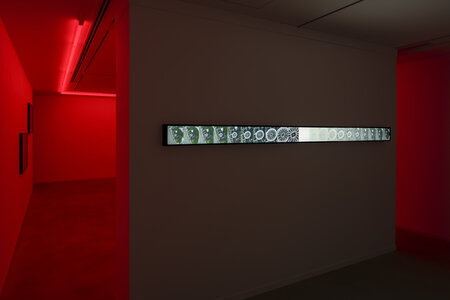
"THE END³", 2023, SCAI PIRAMIDE, photo by Nobutada Omote
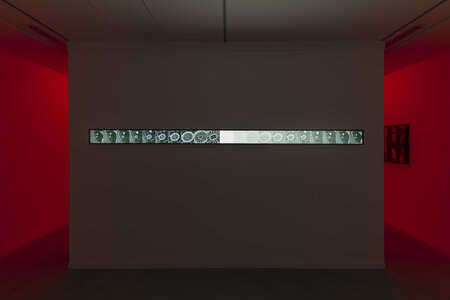
"THE END³", 2023, SCAI PIRAMIDE, photo by Nobutada Omote
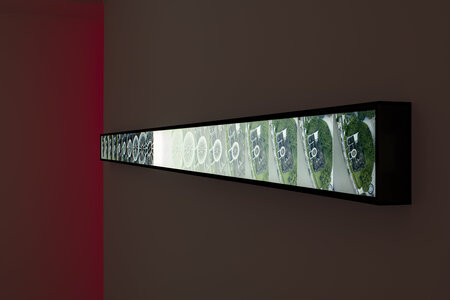
"THE END³", 2023, SCAI PIRAMIDE, photo by Nobutada Omote
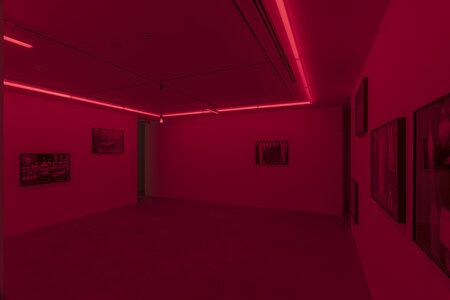
"THE END³", 2023, SCAI PIRAMIDE, photo by Nobutada Omote
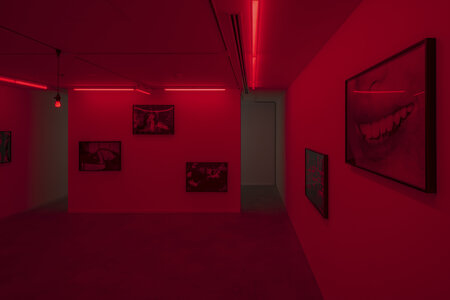
"THE END³", 2023, SCAI PIRAMIDE, photo by Nobutada Omote
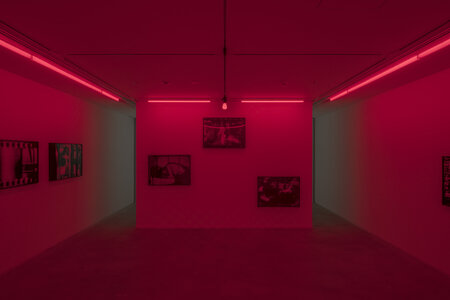
"THE END³", 2023, SCAI PIRAMIDE, photo by Nobutada Omote
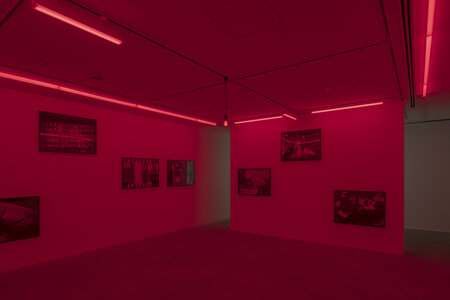
"THE END³", 2023, SCAI PIRAMIDE, photo by Nobutada Omote
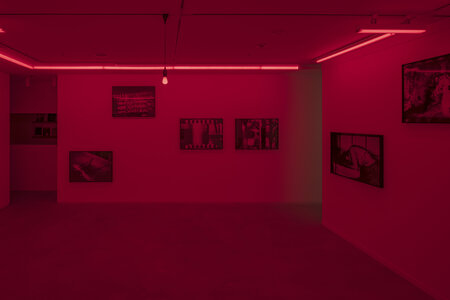
"THE END³", 2023, SCAI PIRAMIDE, photo by Nobutada Omote
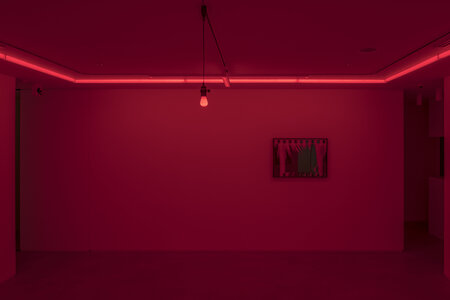
"THE END³", 2023, SCAI PIRAMIDE, photo by Nobutada Omote
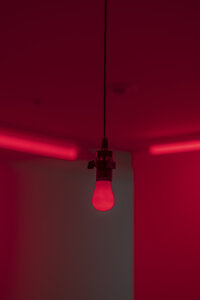
"THE END³", 2023, SCAI PIRAMIDE, photo by Nobutada Omote
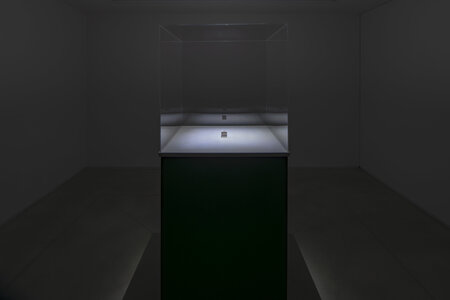
"THE END³", 2023, SCAI PIRAMIDE, photo by Nobutada Omote
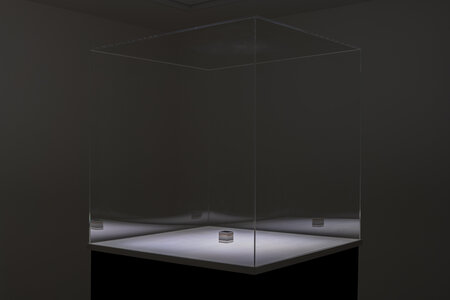
"THE END³", 2023, SCAI PIRAMIDE, photo by Nobutada Omote
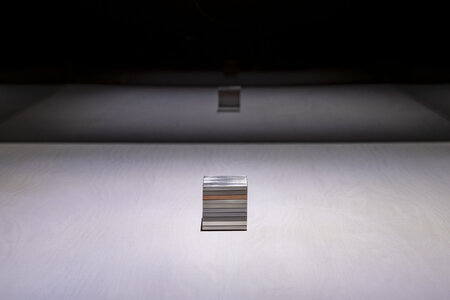
"THE END³", 2023, SCAI PIRAMIDE, photo by Nobutada Omote